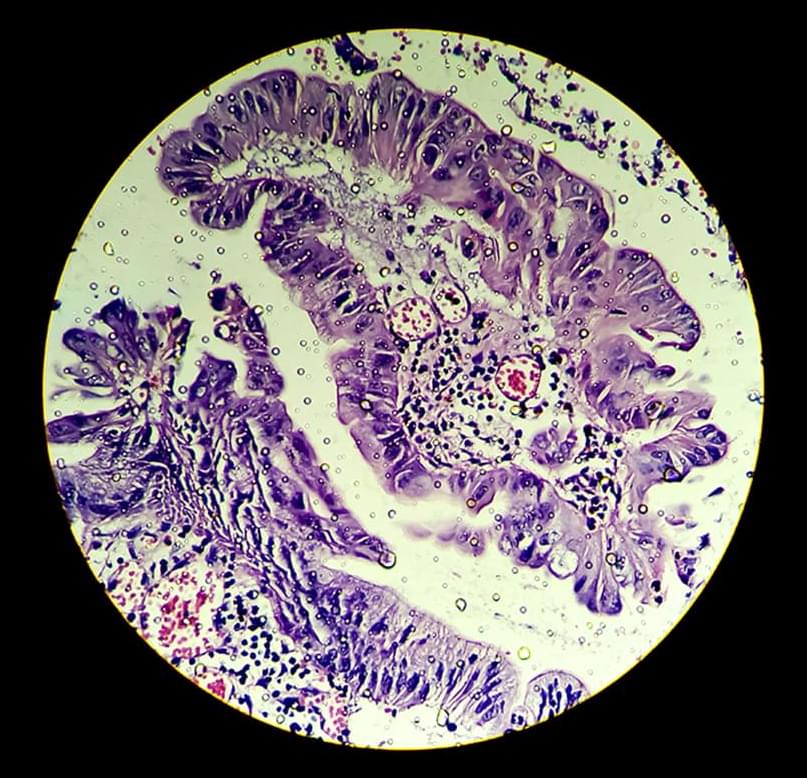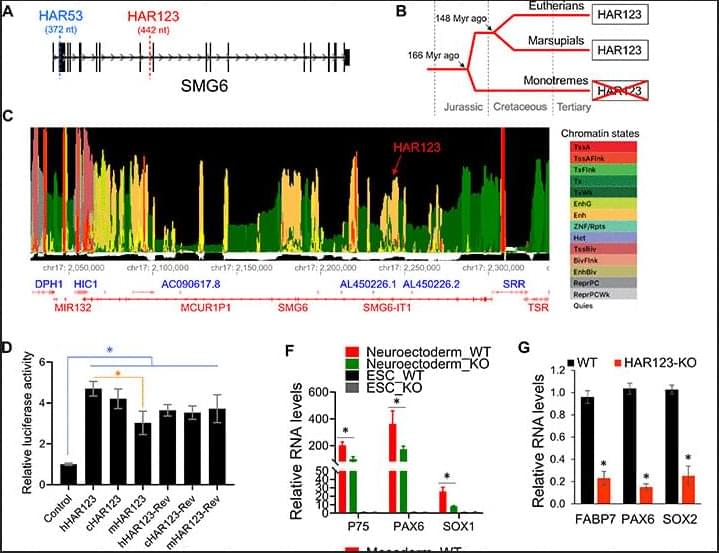U.S. sanctions Garantex, successor Grinex, after $100M illicit crypto flow fuels ransomware and sanctions evasion.



Hugh Rogers, CEO of BioNxt Solutions, commented: Our team is dedicated to advancing targeted chemotherapy delivery technology to help improve the standard of care for cancer patients.
We look forward to sharing further updates as the programme moves forward.
Unlike conventional chemotherapy, which circulates toxic agents system-wide, BioNxt’s proprietary targeted drug delivery system (TDDS) uses a dual-action mechanism that zeroes in on tumours while safeguarding healthy cells.
Once the drug reaches the tumour environment, it becomes activated and begins releasing its chemotherapeutic payload. Meanwhile, any drug molecules that stray beyond the tumour are rapidly neutralised, only to be reactivated if they re-enter the tumour zone.
BioNxt Solutions unveils a revolutionary chemotherapy delivery platform that targets tumours directly, boosting treatment effectiveness.

We analyse five potential trajectories for the development of quantum computing, based on current technical achievements and fundamental challenges. We draw from recent experimental results including Google’s Willow processor achieving below-threshold error correction. We also consider IBM’s quantum roadmap and emerging classical algorithms that challenge quantum supremacy. Additionally, our evaluation includes the bifurcation between NISQ and fault-tolerant approaches.

The limitations of conventional semiconductor technology have become increasingly apparent as AI applications require exponentially larger computational resources. Once the engines of rapid technological advances, silicon-based transistors are now encountering fundamental physical constraints at the nanoscale that inhibit further scaling and performance enhancement. Moore’s law, which predicted the doubling of transistors on a chip every two years, is running out of space.
On top of that, the breakdown of Dennard scaling, which once enabled simultaneous improvements in speed, power efficiency, and density, has further intensified the need for alternative materials and device architectures capable of sustaining AI-driven workloads.
This is where nanotechnology comes in. Working on a nanoscale offers a pathway to overcome the constraints of conventional tech, enabling the precise manipulation of materials at the atomic and molecular levels, typically within the one to 100 nanometer range.
At this minute scale, materials exhibit unique physical, chemical, and electrical characteristics. These small-scale properties can enable faster operation, lower energy consumption, and can be used to deliver complex functionalities within a single nanoscale architecture.
Discover how nanotechnology is advancing AI with energy-efficient chips, in-memory computing, neuromorphic hardware, and nanoscale data storage solutions.

Researchers from MIT and Dana-Farber Cancer Institute have discovered that a class of peptides expressed in pancreatic cancer cells could be a promising target for T-cell therapies and other approaches that attack pancreatic tumors.
Known as cryptic peptides, these molecules are produced from sequences in the genome that were not thought to encode proteins. Such peptides can also be found in some healthy cells, but in this study, the researchers identified about 500 that appear to be found only in pancreatic tumors.
Cryptic peptides, which are expressed in pancreatic cancer cells, could be promising targets for T-cell therapies that attack pancreatic tumors, according to a study from MIT and the Dana-Farber Cancer Institute.

Researchers at Northeastern University have identified two proteins abundant on drug-resistant ovarian cancer cells that become receptive to chemotherapy when treated with light.
Published in the journal Photochemistry and Photobiology, the research findings represent promising progress in the treatment of one of the most deadly forms of cancer. By targeting cancer cells with photo-sensitive antibodies and then shining light on them, researchers have made previously untreatable tumors receptive to drugs.
(This may be a repost, but still cool. Reposts are cool because it is a sign of something to pay attention to.)
Researchers have developed a light-based ovarian cancer therapy that makes tumors more receptive to chemotherapy.



